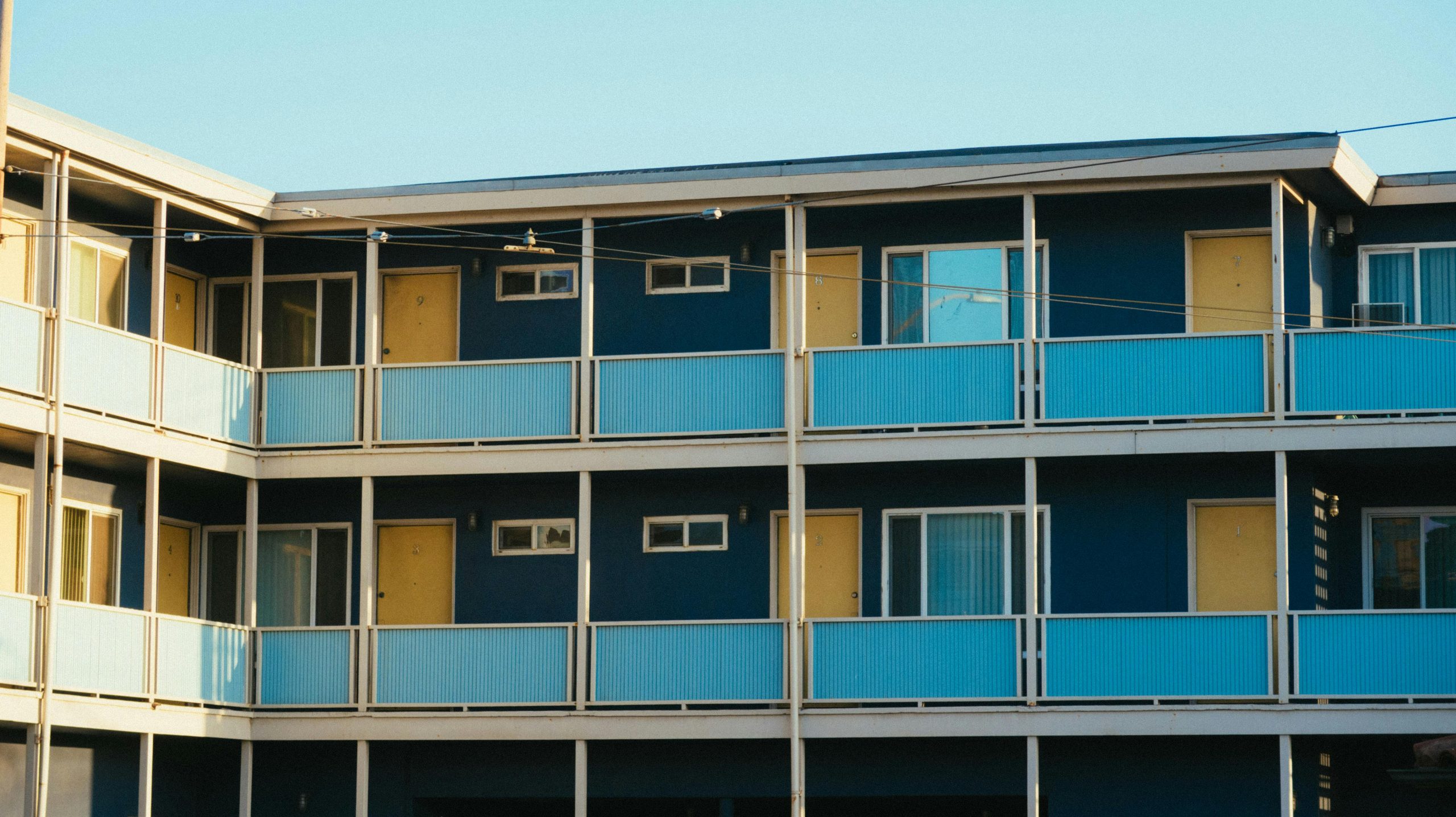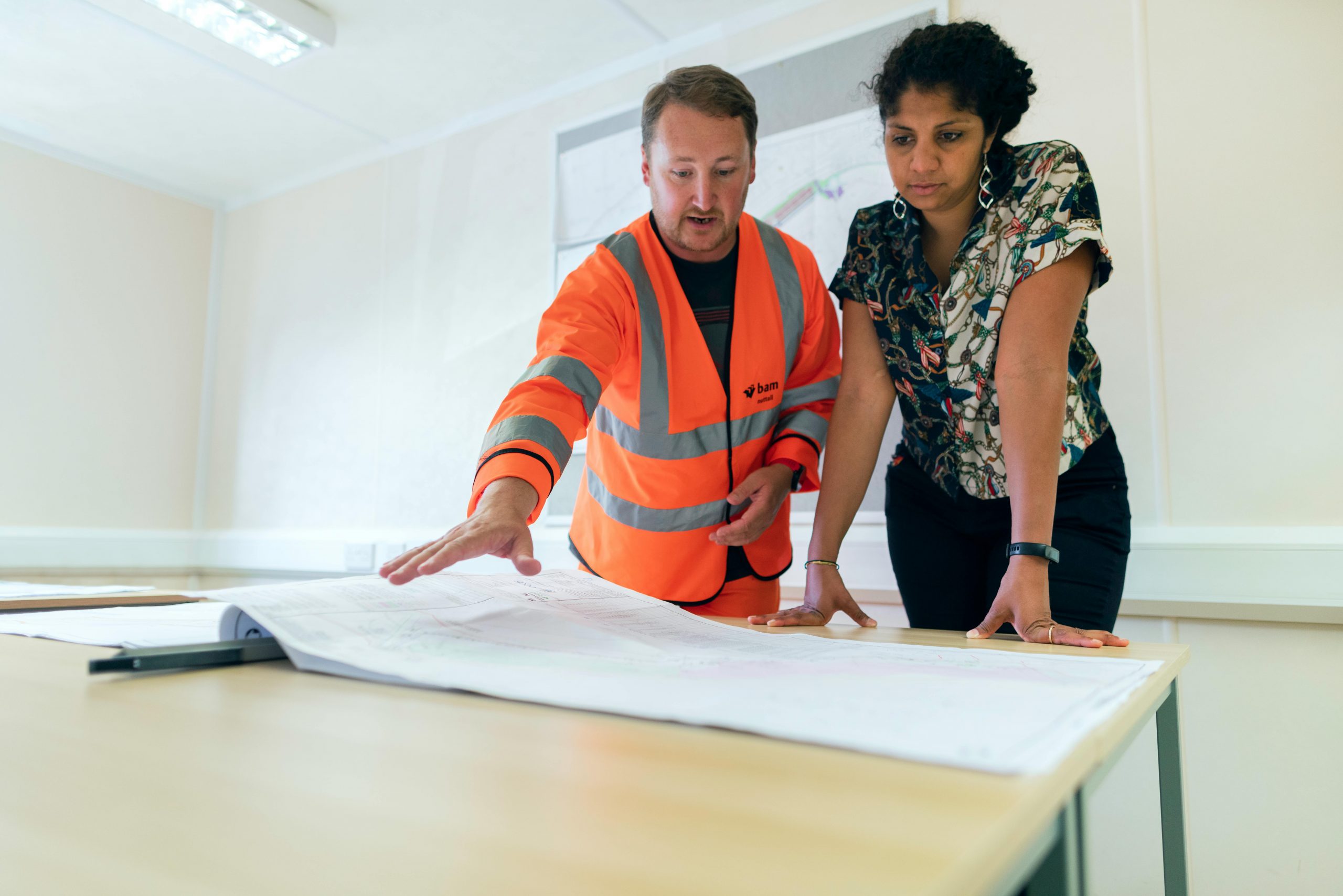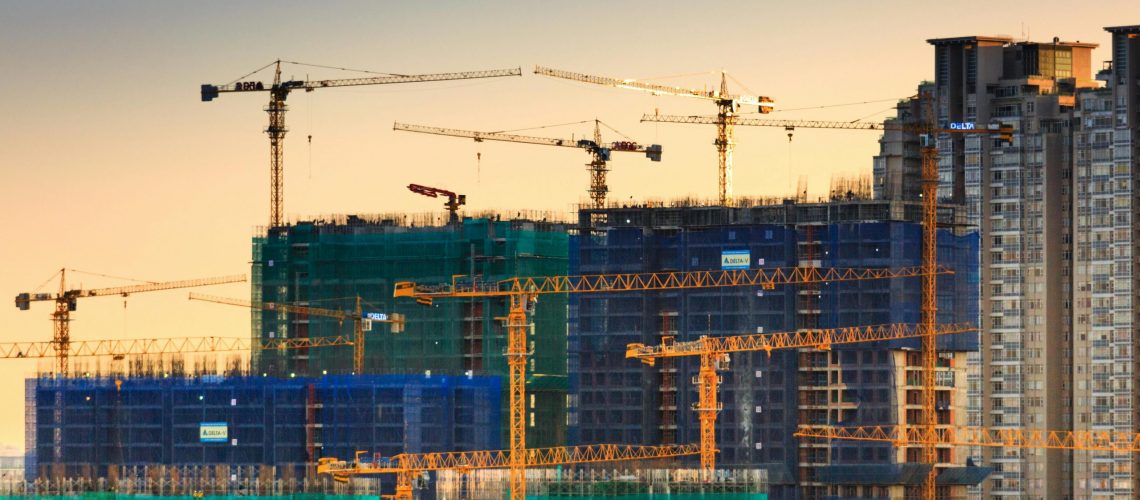Building an apartment complex is a major real estate venture that combines planning, budgeting, design, and project management. Whether you’re an investor, developer, or builder, understanding each stage of the process is key to success.
This guide breaks down every phase of apartment construction—from site selection to long-term management—so you can approach your project with confidence.
Understand What Building an Apartment Complex Involves

Constructing an apartment complex isn’t just about putting up walls—it’s about developing a profitable, livable community. The process involves multiple stages, including financing, design, permits, and construction oversight.
Key Components:
- Land Acquisition: Finding and securing the right location.
- Financing: Securing funding through loans, investors, or partnerships.
- Design & Architecture: Planning efficient, appealing layouts.
- Permits & Approvals: Meeting zoning, safety, and environmental requirements.
- Construction: Coordinating contractors, materials, and timelines.
- Leasing & Management: Preparing for occupancy and long-term profitability.
Step One: Conduct Feasibility Studies
Before laying a single brick, determine whether your project makes financial sense. A feasibility study helps you understand the potential costs, risks, and rewards.
What to Include:
- Market Research: Analyze housing demand, rental rates, and competition.
- Location Assessment: Consider access to transportation, schools, and job markets.
- Financial Forecast: Estimate land, construction, and operating costs vs. rental income.
- Legal Review: Confirm zoning laws, building codes, and permit requirements.
Feasibility studies can help prevent costly mistakes and reveal whether the project will be profitable in your chosen area.
Step Two: Choose the Right Location
Location is one of the most crucial factors in real estate development. The right site can determine your success in attracting tenants and maintaining occupancy.
Factors to Consider:
- Neighborhood Appeal: Is the area safe and growing?
- Accessibility: Proximity to highways, public transit, and job centers.
- Utilities & Infrastructure: Availability of water, electricity, and sewage systems.
- Zoning Regulations: Ensure your site is zoned for multifamily construction.
If your chosen site doesn’t allow apartment buildings, you may need to apply for rezoning or variances—steps that can take months.
Step Three: Secure Financing
Building an apartment complex requires significant capital. Most projects are funded through a mix of personal funds, investor contributions, and bank loans.
Financing Options:
- Traditional Bank Loans: Require strong credit and a detailed business plan.
- Private Investors or Partnerships: Offer flexibility but share profits.
- Construction Loans: Short-term funding for the building phase, converted to a mortgage later.
- Government Grants or Incentives: Available in some regions for affordable housing projects.
Tip: Consult a financial advisor to help structure your funding and minimize long-term risks.
Step Four: Design and Planning
Once financing is in place, it’s time to bring your vision to life with detailed architectural and engineering plans.
Key Considerations:
- Architectural Design: Focus on modern layouts, natural light, and energy efficiency.
- Unit Mix: Combine studio, one-bedroom, and two-bedroom units for broader appeal.
- Amenities: Pools, gyms, and shared spaces increase property value.
- Sustainability: Use green building materials and efficient systems to reduce costs and environmental impact.
Working with an experienced architect and structural engineer ensures your design meets safety and building code standards.
Step Five: Obtain Permits and Approvals
You’ll need various permits before construction can begin. These ensure that your building complies with local laws and safety standards.
Common Permits Required:
- Building permits
- Electrical and plumbing permits
- Zoning approval
- Environmental and impact assessments
Pro Tip: Apply early—permit approval can take weeks or months, depending on your local regulations.
Step Six: Hire Contractors and Build

Choosing reliable contractors is crucial for quality and timeline management. The construction phase typically includes foundation work, framing, roofing, electrical systems, and interior finishing.
Steps in Construction:
- Site Preparation: Clear and grade the land.
- Foundation & Framing: Establish structural integrity.
- Systems Installation: Electrical, HVAC, and plumbing setup.
- Exterior & Interior Finishes: Siding, flooring, painting, and fixtures.
- Inspection & Quality Check: Ensure compliance with building codes.
Maintain clear communication with your project manager to track deadlines and manage unexpected issues.
Step Seven: Budget & Cost Management
Cost overruns are common in construction projects. Staying on top of finances prevents surprises.
Smart Cost Management Tips:
- Get multiple bids from contractors.
- Build a 10–15% contingency fund for unexpected costs.
- Use project management software to track spending.
- Review invoices regularly.
Budget discipline keeps your project on schedule and profitable.
Step Eight: Interior Design and Amenities
Once construction is finished, the next step is transforming the apartment complex into a welcoming and functional space that attracts tenants. Interior design and amenities play a major role in determining how appealing—and profitable—your property will be.
Interior Considerations:
- Durable Flooring & Surfaces: Choose materials that can withstand daily wear and tear, such as vinyl plank, tile, or laminate flooring. These are long-lasting, easy to clean, and cost-effective for property maintenance.
- Neutral Color Palettes: Opt for neutral tones like beige, gray, or soft white. These colors make spaces feel larger and allow tenants to easily match their own furnishings and décor.
- Energy Efficiency: Incorporate LED lighting, smart thermostats, and Energy Star-rated appliances. These not only reduce utility costs but also appeal to eco-conscious renters.
- Functional Storage & Fixtures: Provide built-in closets, spacious kitchen cabinets, and modern fixtures. Small design upgrades—like brushed metal handles or contemporary light fittings—can make a big impression.
Exterior & Amenities:
- Safety & Accessibility: Include secure parking, well-lit pathways, and accessible entrances. A safe, convenient environment adds value for all tenants.
- Curb Appeal: Landscaping with trees, flowers, and seating areas enhances visual appeal and encourages community interaction.
- Lifestyle Amenities: Consider adding gyms, lounges, rooftop decks, or pet-friendly spaces. Even small shared amenities can elevate your complex and justify higher rental rates.
Investing in thoughtful design and modern conveniences ensures your property stands out in a competitive rental market—leading to higher occupancy rates and long-term tenant satisfaction.
Step Nine: Inspection and Compliance
Before tenants can move in, your building must pass several inspections. Local authorities will ensure it meets all safety and building standards.
Common Inspections:
- Fire safety
- Electrical and plumbing systems
- Accessibility compliance (ADA standards)
- Structural soundness
Once approved, you’ll receive a Certificate of Occupancy, confirming that the building is safe for use.
Step Ten: Marketing and Leasing
Now that your apartment complex is complete, it’s time to fill those units. Effective marketing ensures quick occupancy and steady income.
Marketing Strategies:
- List on major rental platforms like Zillow or Apartments.com.
- Use professional photography for online listings.
- Offer move-in incentives, like one month free rent.
- Promote through social media and local agents.
Having a dedicated property manager can help handle inquiries, maintenance, and rent collection efficiently.
Step Eleven: Manage and Maintain Your Property
Long-term success depends on effective management and maintenance. Well-kept buildings attract tenants and preserve property value.
Best Practices:
- Conduct routine maintenance (HVAC, plumbing, roofing).
- Respond quickly to tenant concerns.
- Schedule annual safety inspections.
- Reinvest in upgrades over time.
A proactive approach helps maintain high occupancy rates and protects your investment.
Common Challenges in Building an Apartment Complex
Even with solid planning and preparation, building an apartment complex can come with unexpected challenges. Recognizing potential problems early and creating strategies to manage them can make the difference between a smooth project and one plagued by delays and added costs.
Typical Issues:
- Delays: Construction delays are common and can result from weather disruptions, material shortages, or slow permit approvals. These setbacks can extend timelines and increase costs, so it’s essential to build extra time into your schedule.
- Budget Overruns: Even the most detailed budgets can be affected by unforeseen site conditions, rising material prices, or mid-project design changes. Setting aside a contingency fund (around 10–15% of your total budget) can help cover these surprises.
- Labor Shortages: Skilled labor, such as electricians, plumbers, and masons, may be difficult to secure—especially during peak construction seasons. Partnering with reliable contractors and scheduling early can prevent work stoppages.
- Regulatory Hurdles: Zoning laws, building codes, and environmental regulations vary by region and can complicate the approval process. Consulting with local authorities and hiring an experienced project manager can help ensure compliance and reduce costly delays.
Ultimately, proactive communication, regular progress reviews, and a flexible project plan can help you overcome these challenges and keep your apartment complex development on track.
How Long Does It Take to Build an Apartment Complex?
Timelines vary depending on project size and complexity.
Average Timeframes:
- Planning & Permits: 6–12 months
- Construction: 12–24 months
- Final Inspections & Leasing: 2–4 months
In total, expect the entire process to take around 2 to 3 years from start to finish.
Is Building an Apartment Complex a Good Investment?
Apartment complexes can be excellent long-term investments for those prepared to manage the upfront costs and responsibilities. They offer reliable rental income and the potential for steady appreciation over time, making them attractive to both new and experienced investors.
Pros:
- Long-term rental income: Multiple units mean consistent cash flow.
- Tax advantages: Depreciation, deductions, and mortgage interest can lower taxable income.
- Property value appreciation: Real estate often grows in value over time, adding to your net worth.
Cons:
- High initial costs: Land acquisition, permits, and construction require significant capital.
- Management complexity: Handling multiple tenants and maintenance can be time-consuming.
- Market and regulatory risks: Fluctuations in demand, rent control laws, or zoning regulations can affect returns.
Building an apartment complex can be a profitable venture if planned carefully. It’s crucial to evaluate your financial stability, management capabilities, and long-term goals before starting. Consulting with a real estate advisor or construction expert can help you determine if this path aligns with your investment strategy and resources.
Final Thoughts
Building an apartment complex is a major project that demands careful planning, strong financing, and strategic management. While it comes with challenges, it can also offer significant financial rewards and long-term stability.
By understanding every step—from feasibility studies to ongoing maintenance—you can turn your vision into a profitable real estate venture.

